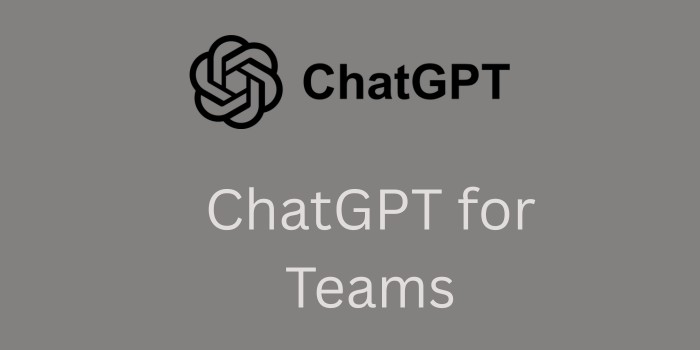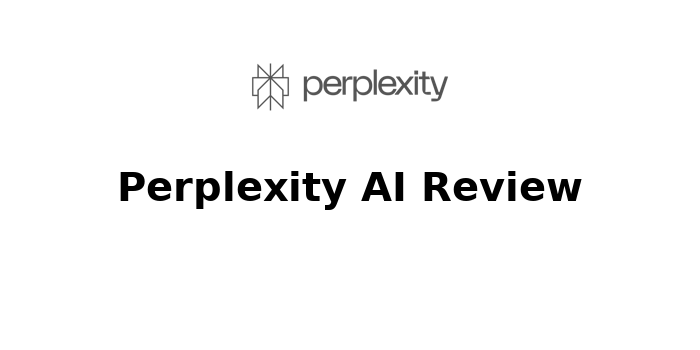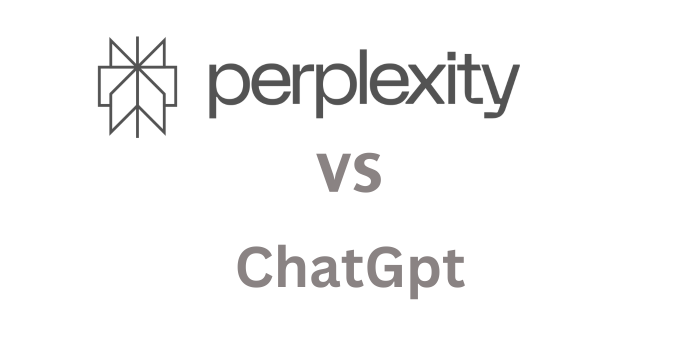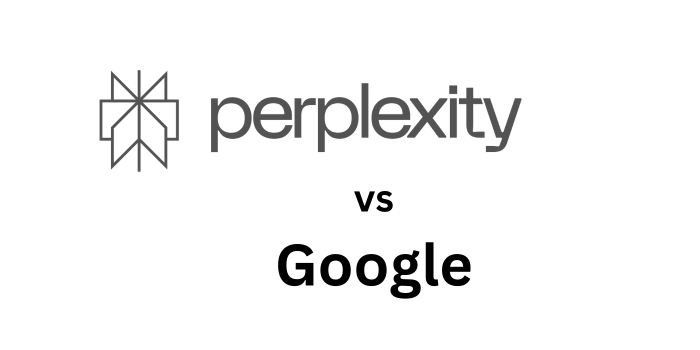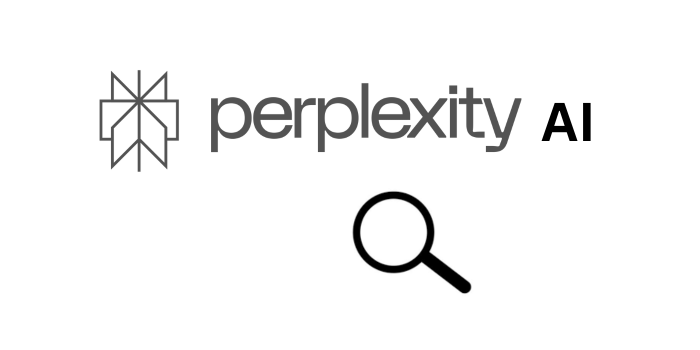As artificial intelligence continues to evolve, ChatGPT is emerging as one of the most transformative tools for workplace productivity. From marketing teams to customer service departments, professionals are leveraging ChatGPT to streamline workflows, enhance communication, and automate repetitive tasks. In this comprehensive guide, we explore real-life examples of how teams use ChatGPT at work across different industries, highlighting the key benefits and practical applications.
1. Introduction
Artificial intelligence is no longer just a buzzword — it’s a practical solution reshaping the way we work. At the center of this transformation is ChatGPT, a generative AI tool developed by OpenAI. Whether it’s generating content, answering questions, or helping with coding tasks, ChatGPT helps teams work faster and smarter.
2. Benefits of Using ChatGPT at Work
- Increased Productivity: Automate time-consuming tasks.
- Enhanced Collaboration: Share drafts, ideas, and summaries easily.
- Faster Decision-Making: Get instant insights and data analysis.
- Improved Creativity: Brainstorm new ideas effortlessly.
- Cost Savings: Reduce the need for manual labor in repetitive processes.
3. How Marketing Teams Use ChatGPT
Marketing professionals use ChatGPT in a variety of creative ways:
- Content Creation: Generate blog post ideas, outlines, and even full drafts.
- Email Campaigns: Write engaging subject lines and personalized messages.
- Social Media Management: Create captions, respond to DMs, and schedule posts.
- SEO Optimization: Generate keyword-rich content and meta descriptions.
- Market Research: Summarize competitor content or analyze customer reviews.
Example: A digital marketing team uses ChatGPT to automate their weekly newsletter generation, saving 6 hours per week.
4. How Customer Support Teams Use ChatGPT
Customer support teams benefit significantly from ChatGPT:
- Automated Responses: Draft answers to common questions.
- Chatbots: Build 24/7 virtual assistants that handle basic queries.
- Ticket Summarization: Summarize support tickets for faster escalation.
- Tone Adjustment: Rewrite messages for empathy or professionalism.
Example: A SaaS company integrated ChatGPT into their helpdesk to reduce average response time by 30%.
5. How HR Departments Use ChatGPT
HR professionals are leveraging ChatGPT in the following ways:
- Job Descriptions: Quickly generate and customize roles.
- Interview Questions: Create tailored questions for different positions.
- Policy Drafting: Help draft internal policies and procedures.
- Employee Communication: Personalize onboarding emails and internal updates.
- Training Materials: Generate learning content and FAQs.
Example: An HR team uses ChatGPT to generate onboarding checklists and welcome emails, speeding up the hiring process.
6. How Developers Use ChatGPT
Developers turn to ChatGPT for technical support and faster coding:
- Code Generation: Write functions in Python, JavaScript, and more.
- Debugging: Identify and fix bugs.
- Documentation: Generate technical documentation and README files.
- Learning New Languages: Get quick explanations and examples.
- Code Review: Summarize and review pull requests.
Example: A software team uses ChatGPT to generate boilerplate code, reducing development time by 20%.
7. How Sales Teams Use ChatGPT
Sales professionals use ChatGPT to enhance customer outreach:
- Email Drafting: Create tailored sales pitches in seconds.
- Follow-ups: Generate personalized follow-up messages.
- CRM Notes: Summarize calls or emails for CRM entries.
- Proposal Drafting: Help generate product proposals and quotes.
- Lead Research: Summarize company info and LinkedIn profiles.
Example: A B2B sales team uses ChatGPT to write follow-up emails, increasing conversion rates by 15%.
8. How Legal Teams Use ChatGPT
While legal teams need to be cautious, ChatGPT is useful for:
- Drafting Contracts: Generate templates and outlines.
- Legal Research: Summarize case law and regulations.
- Clause Review: Explain legal clauses in plain English.
- Client Communication: Create initial drafts of client letters.
- Compliance Checklists: Build custom checklists based on policies.
Example: A startup’s legal team uses ChatGPT to create first drafts of NDAs and privacy policies.
9. How Finance Teams Use ChatGPT
Finance departments utilize ChatGPT to:
- Summarize Reports: Condense financial documents for stakeholders.
- Budget Planning: Assist in creating budget outlines.
- Forecasting Support: Help interpret forecasting models.
- Invoice Messaging: Draft professional invoice emails.
- Compliance Monitoring: Generate compliance checklists.
Example: An accounting team uses ChatGPT to draft monthly summaries for board reports.
10. Real Company Use Cases
- Klarna: Uses ChatGPT as a customer-facing assistant in multiple languages.
- Shopify: Embedded ChatGPT into merchant tools to help generate product descriptions.
- Zapier: Uses ChatGPT for internal automation and user support.
These companies report higher efficiency and better customer engagement with AI integration.
11. Best Practices for Using ChatGPT at Work
- Set Clear Prompts: Be specific about what you want.
- Always Review Outputs: Verify AI-generated content for accuracy.
- Combine with Human Insight: Use ChatGPT to enhance—not replace—human input.
- Ensure Data Privacy: Avoid sharing sensitive or confidential data.
- Train Your Team: Educate employees on how to use ChatGPT effectively.
12. Risks and Considerations
- Data Security: ChatGPT may store or use data unless precautions are taken.
- Bias in Output: Be aware of potential bias in AI responses.
- Over-Reliance: Avoid using ChatGPT for tasks requiring expert judgment.
- Misinformation: Always fact-check the content.
13. Final Thoughts
ChatGPT is transforming how teams operate in nearly every industry. Whether you’re in marketing, HR, sales, or finance, integrating ChatGPT at work can significantly improve productivity and creativity. However, it’s crucial to balance AI automation with human oversight to get the best results.
As AI continues to evolve, companies that adopt tools like ChatGPT will stay ahead of the curve—boosting innovation, saving time, and enhancing collaboration across the board.
